
Flexible manufacturing system refers to some equipment connected by a transmission system. The transmission device puts the workpiece on other connection devices and sends it to various processing equipment, so that the workpiece processing is accurate, rapid and automated. The flexible manufacturing system has a central computer-controlled machine tool and transmission system, and sometimes several different parts can be processed at the same time.
Flexible manufacturing system is an automated machinery manufacturing system composed of a unified information control system, a material storage and transportation system and a set of digitally controlled processing equipment, which can adapt to the transformation of processing objects, abbreviated as FMS.
The flexible manufacturing system is unified byIt is composed of an information control system, a material storage and transportation system and a set of digitally controlled processing equipment. It is an automated machinery manufacturing system that can adapt to the transformation of processing objects, that is, Flexible Manufacturing System, abbreviated as FMS.
The flexible manufacturing system is composed of a unified information control system, a material storage and transportation system and a set of digitally controlled processing equipment. It is an automated machinery manufacturing system that can adapt to the transformation of processing objects (Flexible Manufacturing System), English abbreviation For FMS.
Flexible Manufacturing System (FMS) is an automated manufacturing system controlled by a central computer.It is some automatic processing equipment (usually CNC machine tools and machining centers with tool changing devices) connected by a transmission system.
An automated manufacturing system composed of CNC processing equipment, material transportation and storage devices and computer control systems. It includes multiple flexible manufacturing units, which can be quickly adjusted according to changes in manufacturing tasks or production environment, and is suitable for multi-variety, small and medium-sized mass production.
Advantages of Flexible Manufacturing System Editing Advantages of Flexible Manufacturing System: Flexible Manufacturing System is a technically complex and highly automated system, which will microelectronics, computer and The organic combination of system engineering and other technologies has ideally and successfully solved the contradiction between high automation and high flexibility of machinery manufacturing.
High equipment utilization rate. After a set of machine tools are compiled into a flexible manufacturing system, the output is several times higher than that of this set of machine tools when it is distributed single machine operation. The product is reduced by about 80%. The production capacity is relatively stable.
The flexible manufacturing system has a wide range of adaptations. As shown in Figure 2, if the parts production batch is large and the number of varieties is small, special machine tool lines or automatic production lines can be used; if the parts production volume is small and there are many varieties, it is suitable to use CNC machine tools or general machine tools; in the middle of the two, both are It is suitable for processing with flexible manufacturing systems.
The main advantages of flexible manufacturing systems are as follows. ( 1) It has a high degree of flexibility. Fms can realize the processing of different products with certain similarities, adapt to the rapid changes in market demand and process requirements, and meet the requirements of multi-variety, small and medium-sized mass production.
It can be quickly adjusted according to changes in manufacturing tasks or production environment, which is suitable for multi-variety, small and medium-sized mass production. Flexible manufacturing system is an automated production and manufacturing system that can produce any range of products with the least human intervention. The flexibility of the system is usually limited by the product families considered in the system design.
There are many advantages of adopting a flexible manufacturing system, mainly in the following aspects: the equipment utilization rate is high, and the output of a set of machine tools compiled into a flexible manufacturing system can generally reach three times that of this set of machine tools when operating alone.
Flexible manufacturing hardware systemThe flexible manufacturing system is composed of a unified information control system, a material storage and transportation system and a set of digitally controlled processing equipment. It is an automated machinery manufacturing system (Flexible Manufacturing System), abbreviated as FMS, which can adapt to the transformation of processing objects.
The equipment used in the flexible manufacturing system of the machining system is determined by the category of the workpiece to be processed, mainly including machining centers, turning centers or computer numerical control (CNC) turning, milling, grinding and gear processing machine tools, etc., which are used to automatically complete the processing of a variety of processes.
The flexible manufacturing unit is composed of multiple mechanical equipment, automation systems and control systems, which can complete the processing and assembly tasks of multiple processes. It adopts advanced control technology and computer software to realize the automation, intelligence and flexibility of the production process.

1. The central computer controls the machine tool and transmission system, and the flexible manufacturing system can sometimes process several different parts at the same time.
2. Generally speaking, flexible manufacturing means that a production line can realize the production of multiple varieties of products.In fact, the model of flexible manufacturing exists widely, such as customization, which is the traditional large-scale mass production mode, which is consumer-oriented and needs to determine production.
3. The main disadvantages of the flexible manufacturing system are as follows: (1) the system investment is large and the investment recovery period is long; (2) the system structure is complex and the requirements for operators are high; (3) the complex structure reduces the reliability of the system. Flexible manufacturing technology is an automated technology suitable for multi-variety and small and medium-sized mass production.
The composition of flexible manufacturing system is shown in Figure 4, which consists of three parts: material system, energy system and information system, and each system is composed of many subsystems.
The flexible manufacturing system is composed of a unified information control system, a material storage and transportation system and a set of digitally controlled processing equipment. It is an automated machinery manufacturing system (Flexible Manufacturing System) that can adapt to the transformation of processing objects. It is written as FMS.
Flexible Manufacturing Unit (FMC) Flexible Manufacturing Unit is a unit developed on the basis of a manufacturing unit with some characteristics of a flexible manufacturing system.
Storage and handling: The materials handled by the storage and handling system include blanks, workpieces, tools, fixtures, inspection tools and chips, etc.; the methods of storing materials include flat pallet warehouses and truss-type three-dimensional warehouses with large storage capacity.
Type of flexible manufacturing system: flexible manufacturing unit.A flexible manufacturing unit is a processing unit composed of one or several CNC machine tools or machining centers. The unit can automatically replace tools and fixtures and process different workpieces as needed.
And China's national military standard is defined as "flexible manufacturing system is an automated manufacturing system composed of CNC processing equipment, material transportation and storage device and computer control system. It includes multiple flexible manufacturing units, which can be quickly adjusted according to changes in manufacturing tasks or production environment, and is suitable for multi-product Seed, small and medium-sized mass production.
1. Mechatronics integration is a composite technology that studies the addition or integration of information processing and control functions of electronic devices into machinery and devices.
2. Mechatronics is a composite technology that attaches or integrates the information processing and control functions of electronic devices into mechanical devices.
3. Flexible automation is a combination of mechanical technology and electronic technology, that is, a new generation of automation of mechatronics integration. Its processing procedures are flexible and variable, also known as variable programming automation. Introduction: Flexible automation, which originated in the 1950s, is an automation that combines mechanical technology and electronic technology.
4. Mechatronics, also known as mechanical and electronic engineering, is a kind of mechanical engineering and automation. In English, it is called Mechatronics, which is a combination of the first half of English Mechanics and the second half of Electronics.
5. Mechatronics technology is a combination of applied mechanical technology and electronic technology.
HS code-driven customs clearance SLAs-APP, download it now, new users will receive a novice gift pack.
Flexible manufacturing system refers to some equipment connected by a transmission system. The transmission device puts the workpiece on other connection devices and sends it to various processing equipment, so that the workpiece processing is accurate, rapid and automated. The flexible manufacturing system has a central computer-controlled machine tool and transmission system, and sometimes several different parts can be processed at the same time.
Flexible manufacturing system is an automated machinery manufacturing system composed of a unified information control system, a material storage and transportation system and a set of digitally controlled processing equipment, which can adapt to the transformation of processing objects, abbreviated as FMS.
The flexible manufacturing system is unified byIt is composed of an information control system, a material storage and transportation system and a set of digitally controlled processing equipment. It is an automated machinery manufacturing system that can adapt to the transformation of processing objects, that is, Flexible Manufacturing System, abbreviated as FMS.
The flexible manufacturing system is composed of a unified information control system, a material storage and transportation system and a set of digitally controlled processing equipment. It is an automated machinery manufacturing system that can adapt to the transformation of processing objects (Flexible Manufacturing System), English abbreviation For FMS.
Flexible Manufacturing System (FMS) is an automated manufacturing system controlled by a central computer.It is some automatic processing equipment (usually CNC machine tools and machining centers with tool changing devices) connected by a transmission system.
An automated manufacturing system composed of CNC processing equipment, material transportation and storage devices and computer control systems. It includes multiple flexible manufacturing units, which can be quickly adjusted according to changes in manufacturing tasks or production environment, and is suitable for multi-variety, small and medium-sized mass production.
Advantages of Flexible Manufacturing System Editing Advantages of Flexible Manufacturing System: Flexible Manufacturing System is a technically complex and highly automated system, which will microelectronics, computer and The organic combination of system engineering and other technologies has ideally and successfully solved the contradiction between high automation and high flexibility of machinery manufacturing.
High equipment utilization rate. After a set of machine tools are compiled into a flexible manufacturing system, the output is several times higher than that of this set of machine tools when it is distributed single machine operation. The product is reduced by about 80%. The production capacity is relatively stable.
The flexible manufacturing system has a wide range of adaptations. As shown in Figure 2, if the parts production batch is large and the number of varieties is small, special machine tool lines or automatic production lines can be used; if the parts production volume is small and there are many varieties, it is suitable to use CNC machine tools or general machine tools; in the middle of the two, both are It is suitable for processing with flexible manufacturing systems.
The main advantages of flexible manufacturing systems are as follows. ( 1) It has a high degree of flexibility. Fms can realize the processing of different products with certain similarities, adapt to the rapid changes in market demand and process requirements, and meet the requirements of multi-variety, small and medium-sized mass production.
It can be quickly adjusted according to changes in manufacturing tasks or production environment, which is suitable for multi-variety, small and medium-sized mass production. Flexible manufacturing system is an automated production and manufacturing system that can produce any range of products with the least human intervention. The flexibility of the system is usually limited by the product families considered in the system design.
There are many advantages of adopting a flexible manufacturing system, mainly in the following aspects: the equipment utilization rate is high, and the output of a set of machine tools compiled into a flexible manufacturing system can generally reach three times that of this set of machine tools when operating alone.
Flexible manufacturing hardware systemThe flexible manufacturing system is composed of a unified information control system, a material storage and transportation system and a set of digitally controlled processing equipment. It is an automated machinery manufacturing system (Flexible Manufacturing System), abbreviated as FMS, which can adapt to the transformation of processing objects.
The equipment used in the flexible manufacturing system of the machining system is determined by the category of the workpiece to be processed, mainly including machining centers, turning centers or computer numerical control (CNC) turning, milling, grinding and gear processing machine tools, etc., which are used to automatically complete the processing of a variety of processes.
The flexible manufacturing unit is composed of multiple mechanical equipment, automation systems and control systems, which can complete the processing and assembly tasks of multiple processes. It adopts advanced control technology and computer software to realize the automation, intelligence and flexibility of the production process.

1. The central computer controls the machine tool and transmission system, and the flexible manufacturing system can sometimes process several different parts at the same time.
2. Generally speaking, flexible manufacturing means that a production line can realize the production of multiple varieties of products.In fact, the model of flexible manufacturing exists widely, such as customization, which is the traditional large-scale mass production mode, which is consumer-oriented and needs to determine production.
3. The main disadvantages of the flexible manufacturing system are as follows: (1) the system investment is large and the investment recovery period is long; (2) the system structure is complex and the requirements for operators are high; (3) the complex structure reduces the reliability of the system. Flexible manufacturing technology is an automated technology suitable for multi-variety and small and medium-sized mass production.
The composition of flexible manufacturing system is shown in Figure 4, which consists of three parts: material system, energy system and information system, and each system is composed of many subsystems.
The flexible manufacturing system is composed of a unified information control system, a material storage and transportation system and a set of digitally controlled processing equipment. It is an automated machinery manufacturing system (Flexible Manufacturing System) that can adapt to the transformation of processing objects. It is written as FMS.
Flexible Manufacturing Unit (FMC) Flexible Manufacturing Unit is a unit developed on the basis of a manufacturing unit with some characteristics of a flexible manufacturing system.
Storage and handling: The materials handled by the storage and handling system include blanks, workpieces, tools, fixtures, inspection tools and chips, etc.; the methods of storing materials include flat pallet warehouses and truss-type three-dimensional warehouses with large storage capacity.
Type of flexible manufacturing system: flexible manufacturing unit.A flexible manufacturing unit is a processing unit composed of one or several CNC machine tools or machining centers. The unit can automatically replace tools and fixtures and process different workpieces as needed.
And China's national military standard is defined as "flexible manufacturing system is an automated manufacturing system composed of CNC processing equipment, material transportation and storage device and computer control system. It includes multiple flexible manufacturing units, which can be quickly adjusted according to changes in manufacturing tasks or production environment, and is suitable for multi-product Seed, small and medium-sized mass production.
1. Mechatronics integration is a composite technology that studies the addition or integration of information processing and control functions of electronic devices into machinery and devices.
2. Mechatronics is a composite technology that attaches or integrates the information processing and control functions of electronic devices into mechanical devices.
3. Flexible automation is a combination of mechanical technology and electronic technology, that is, a new generation of automation of mechatronics integration. Its processing procedures are flexible and variable, also known as variable programming automation. Introduction: Flexible automation, which originated in the 1950s, is an automation that combines mechanical technology and electronic technology.
4. Mechatronics, also known as mechanical and electronic engineering, is a kind of mechanical engineering and automation. In English, it is called Mechatronics, which is a combination of the first half of English Mechanics and the second half of Electronics.
5. Mechatronics technology is a combination of applied mechanical technology and electronic technology.
Medical devices HS code mapping
author: 2024-12-23 22:18HS code-driven freight route adjustments
author: 2024-12-23 21:39Top-rated trade data platforms
author: 2024-12-23 21:35Container freight index monitoring
author: 2024-12-23 21:08Maritime insurance via HS code data
author: 2024-12-23 19:54Logistics optimization by HS code
author: 2024-12-23 22:21HS code-based warehousing strategies
author: 2024-12-23 22:19How to leverage customs rulings data
author: 2024-12-23 21:13Eco-friendly products HS code mapping
author: 2024-12-23 21:10Country of import HS code variations
author: 2024-12-23 20:22 HS code-based container load planning
HS code-based container load planning
278.84MB
Check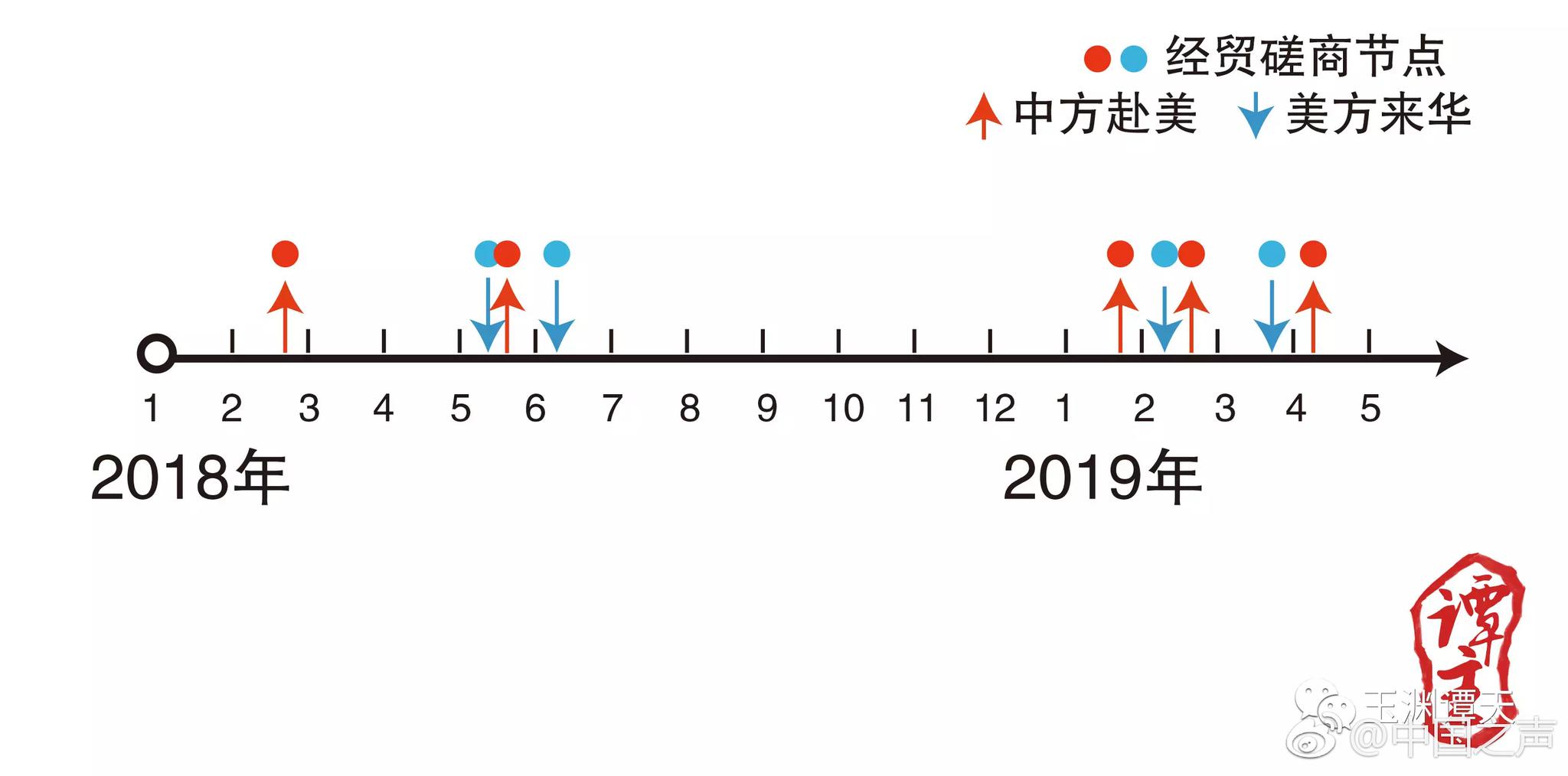 Global supply chain security insights
Global supply chain security insights
992.27MB
Check Trade data for market diversification
Trade data for market diversification
912.85MB
Check HS code guides for Middle East exporters
HS code guides for Middle East exporters
626.51MB
Check Leveraging global trade statistics
Leveraging global trade statistics
857.55MB
Check HS code advisory for inbound compliance
HS code advisory for inbound compliance
429.81MB
Check Gemstones HS code references
Gemstones HS code references
882.93MB
Check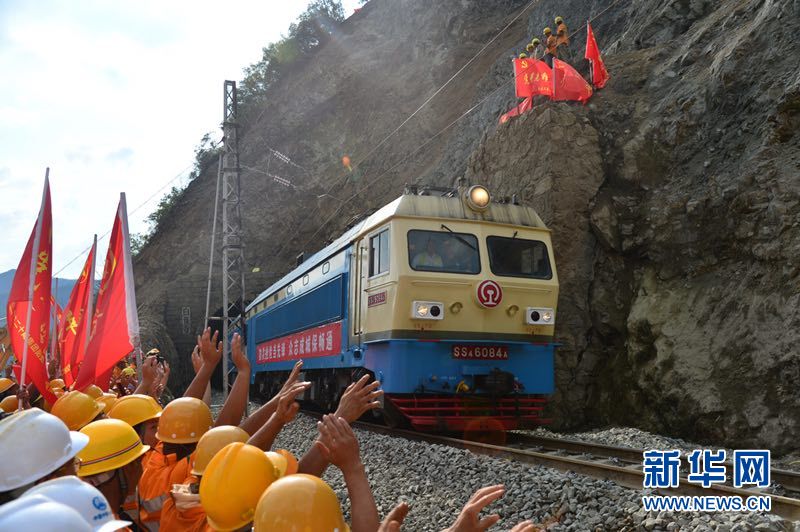 Trade data-driven warehousing decisions
Trade data-driven warehousing decisions
367.53MB
Check Trade data for consumer electronics
Trade data for consumer electronics
959.27MB
Check HS code-based scenario planning for exports
HS code-based scenario planning for exports
141.17MB
Check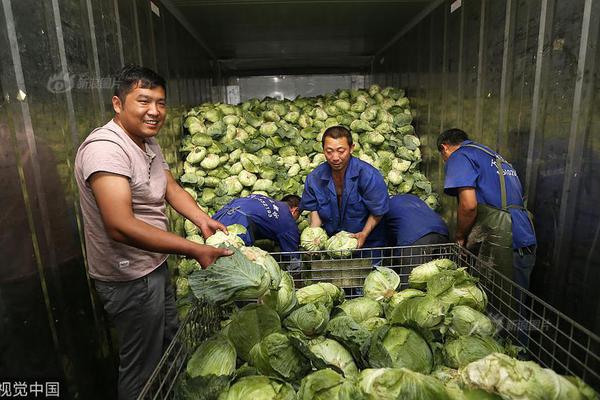 How to improve vendor negotiations
How to improve vendor negotiations
972.12MB
Check Predictive supply chain resilience
Predictive supply chain resilience
442.84MB
Check Africa customs data solutions
Africa customs data solutions
174.36MB
Check Agriculture trade data intelligence
Agriculture trade data intelligence
787.39MB
Check How to reduce import export costs
How to reduce import export costs
144.87MB
Check HS code compliance for Nordic countries
HS code compliance for Nordic countries
787.78MB
Check Data-driven multimodal transport decisions
Data-driven multimodal transport decisions
947.86MB
Check International trade KPI tracking
International trade KPI tracking
562.76MB
Check Advanced trade route cost analysis
Advanced trade route cost analysis
563.26MB
Check International trade event forecasts
International trade event forecasts
279.95MB
Check HS code-driven import quality checks
HS code-driven import quality checks
852.89MB
Check HS code analytics for import quotas
HS code analytics for import quotas
831.68MB
Check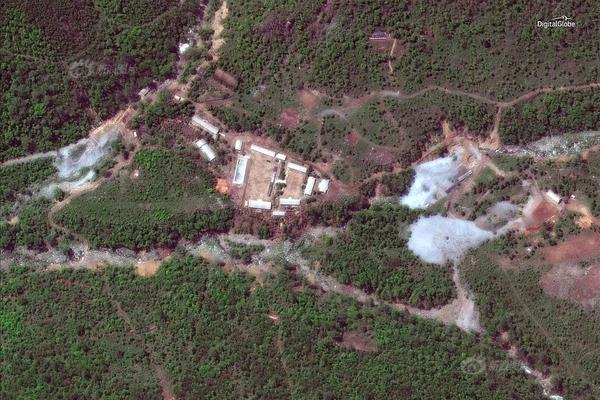 Trade data-driven credit insurance
Trade data-driven credit insurance
313.83MB
Check How to reduce customs compliance risk
How to reduce customs compliance risk
517.52MB
Check HS code segmentation for retail imports
HS code segmentation for retail imports
537.91MB
Check Meat and poultry HS code references
Meat and poultry HS code references
142.47MB
Check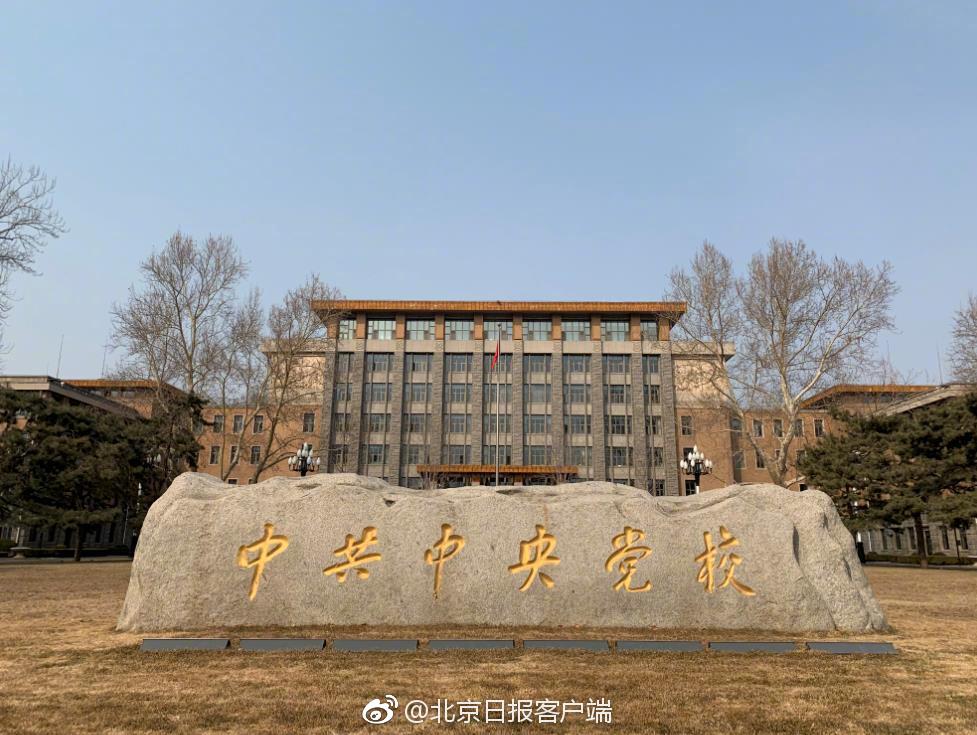 Global trade compliance best practices
Global trade compliance best practices
728.38MB
Check Data-driven multimodal transport decisions
Data-driven multimodal transport decisions
385.27MB
Check Global trade barrier analysis
Global trade barrier analysis
196.41MB
Check Advanced materials HS code classification
Advanced materials HS code classification
893.28MB
Check How to identify emerging supply hubsHolistic trade environment mapping
How to identify emerging supply hubsHolistic trade environment mapping
413.85MB
Check Real-time container throughput data
Real-time container throughput data
433.45MB
Check Trade data integration with BI tools
Trade data integration with BI tools
571.97MB
Check Granular HS code detail for compliance officers
Granular HS code detail for compliance officers
722.51MB
Check HS code strategies for trade diversification
HS code strategies for trade diversification
269.69MB
Check HS code-based tariff reconciliation
HS code-based tariff reconciliation
752.61MB
Check
Scan to install
HS code-driven customs clearance SLAs to discover more
Netizen comments More
516 HS code-driven trade finance optimization
2024-12-23 22:21 recommend
2756 Crafted wood products HS code references
2024-12-23 22:09 recommend
844 Electronics global shipment tracking
2024-12-23 21:28 recommend
1850 Global trade compliance playbooks
2024-12-23 21:23 recommend
729 Timber (HS code ) import patterns
2024-12-23 20:20 recommend